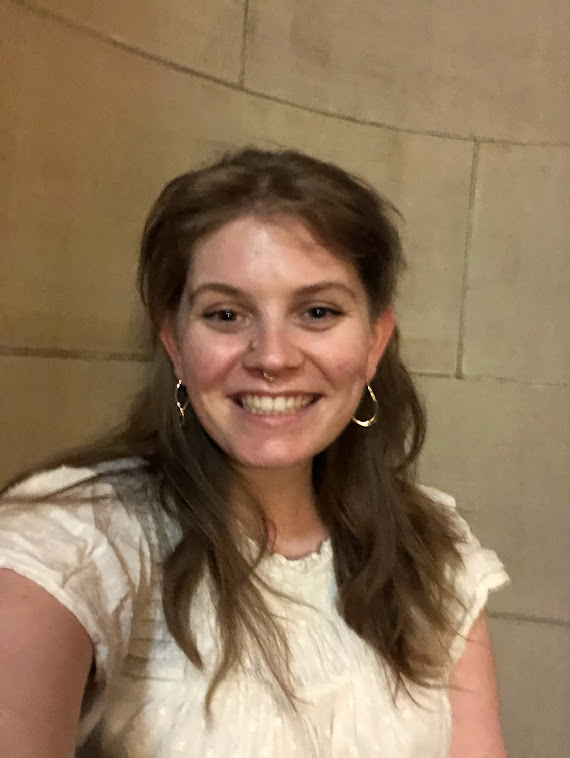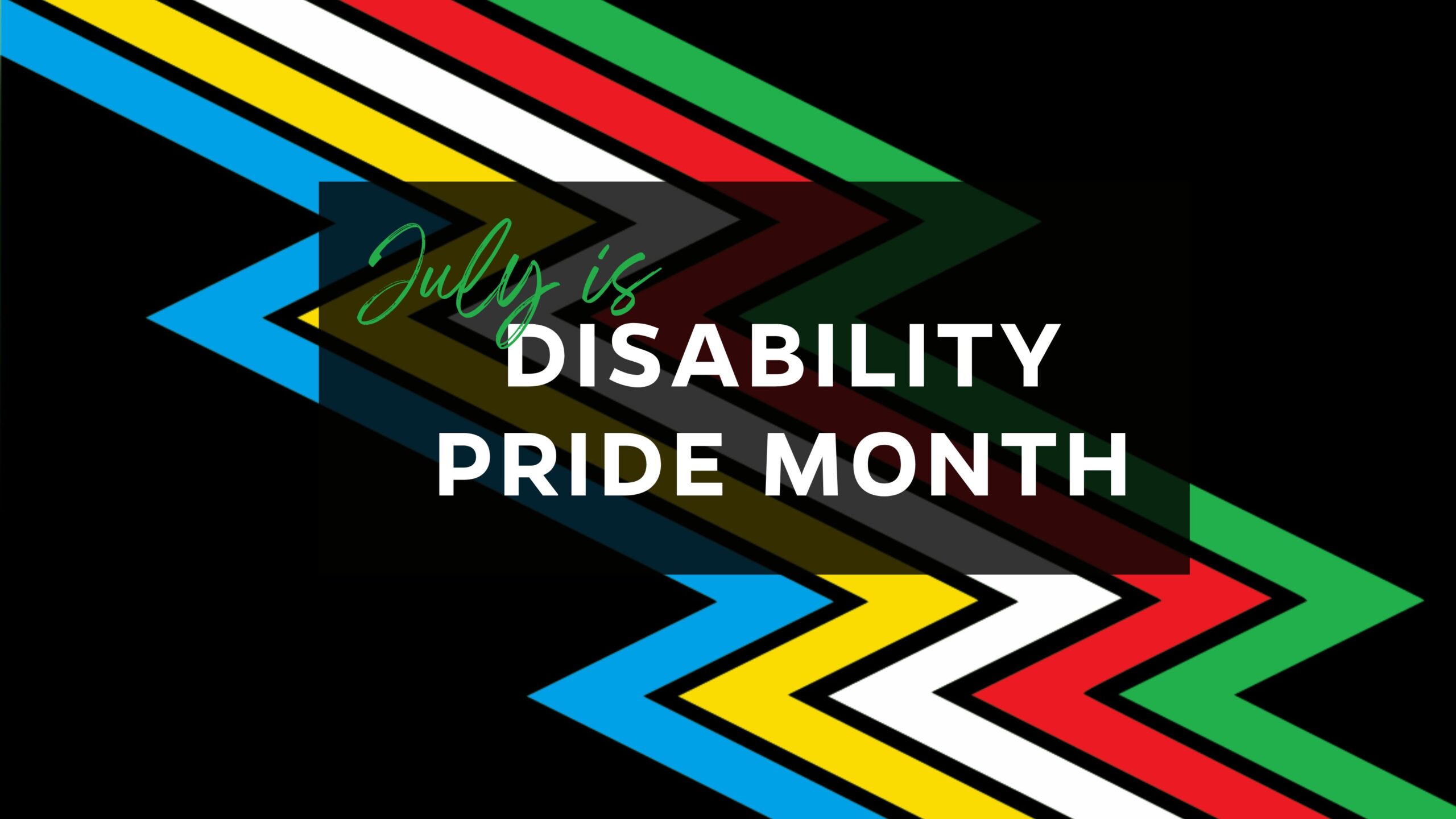Happy Disability Pride Month to all disabled members of our JHSON community, our allies, and to those interested in learning more!
The first July to celebrate our community was in 1990, when the Americans with Disabilities Act was signed into federal law securing civil rights for disabled people across the nation. This was a huge deal and was in no small measure, a result of activism of disabled leaders. Judy Heumann, the Mother of the Disability Rights Movement, did transformative work at this time and throughout her life. This is our first Disability Pride Month without her. However, she and her peers live on with us through every ramp built, every accessible bus ride, and every inclusive classroom created.
So, how did people who had been denied equal access to education, transportation, communication, and beyond secure their rights? It took a revolution of protest.
In 1973, Section 504 of the Rehabilitation Act was made law, confirming that disabled people could not be excluded from federally funded programs or activities. Yet, government leaders resisted putting this into action. After years of false promises, disabled activists staged sit-ins across the nation. In San Francisco, protestors stayed in a federal building for 26 days demanding appropriate regulations be set. Eventually, they won.
What matters here is how the activists stayed in the federal building for nearly a month. They took care of one another. Across disability, there was always someone who could help dispense medications, describe the physical environment, set up equipment, and provide a calming presence. When they ran low on food, the Black Panthers delivered meals so the disability rights movement and its supporters could survive. Every person needed help, and every person was needed.
Today, the disability justice movement strives for more than civil rights. Sins Invalid—a BIPOC, queer, disabled-led organization—has proposed widely accepted principles for disability justice. The ninth principle is collective access, which means that by meeting one another’s access needs we do not just take additional time to complete a task; instead, through radical inclusion, we unlock creativity and create better work together. Crip Camp, a documentary featuring the Section 504 sit-ins, was the first time I had truly seen this in action. Disability inclusion is not just a matter of doing the right thing. It is a matter of recognizing that disability drives innovation and better design. Critical to this inclusion is asking people what their strengths are and what they need to shine.
Don’t believe me? Your favorite potato peeler was made by a disabled designer. That’s right, OXO was created because Betsey Farber needed a better tool for her arthritis. And with her husband, she made one. Our world is so complete with disability innovations that help others that it’s called the “curb cut effect.” This means we all benefit from the dip in the sidewalk at the crosswalk because we can better carry luggage and strollers, or just avoid tripping. This kind of innovation cannot be replicated by observers of disability alone.
Liz Jackson has a term for the myriad of inventions designed for disabled people that fail because their development did not meaningfully include people from the target group: “disability dongles.” In line with the social model of disability, her work shows that designs will be set up for failure if they are intended to “fix” a problem, rather than make an aspect of the world more accessible.
This Disability Pride Month, we have an opportunity to drive lasting change. Collective access is our shared responsibility. One in four people in the U.S. have a disability, so we all care about someone with a disability. Even if you are not in the business of potato peeler design.
Here’s how to start
- Ask others about how you can help meet their access needs, or what you can do to support them. Then, do your best to meet these needs. A colleague did this for me when I requested that captions be used during Zoom meetings. She has added captions to every Zoom call since then. This built a lot of trust.
- Always make sure meetings are accessible. If you are in-person, hosting a Zoom call, or speaking at the State of the Union itself, and someone tells you that something is not accessible, stop everything and fix the problem. You will gain much more respect ensuring all can participate. We know that things happen: interpreters may lose Wi-Fi connection, someone may forget to enable the chat feature, or a CART live transcriber may need to step away for a moment. It is normal. Build in time for surprises, and prioritize access.
- Learn best practices for accessibility across your work. If you do not yet have anyone on your team who is blind, d/Deaf, neurodivergent, chronically ill, or otherwise disabled, it is still good practice to learn about making accessible documents and meetings. Make your work more accessible one step at a time. Learn about alt-text, wheelchair dimension requirements, fragrance free soaps, and CART. Even if you do not have a disabled coworker, it matters.
- Be the person in the room who asks, “How can we make this more accessible?” This will push you to think more deeply about your practice. By understanding how to do things in new ways, we find what is most effective and we better understand our work. Keep an open mind to the answers you may get.
- And finally, find the people in your field who identify as disabled and learn from them. Despite barriers, there are disabled people in every pocket of the workforce, and many of them are on Twitter. They are doing the hard work of normalizing disability and many people share resources on their platform for us all to learn more. Plus, if you’ve never seen a service dog in lab gear, it is even cuter than it sounds.
Disability is exciting, and it’s a community you do not want to miss out on. Happy Disability Pride Month to all!

ABOUT THE AUTHOR: CAROLINE CERILLI
Caroline Cerilli is a Research Coordinator at the Johns Hopkins Disability Health Research Center (DHRC). She is passionate about inclusion and access.
